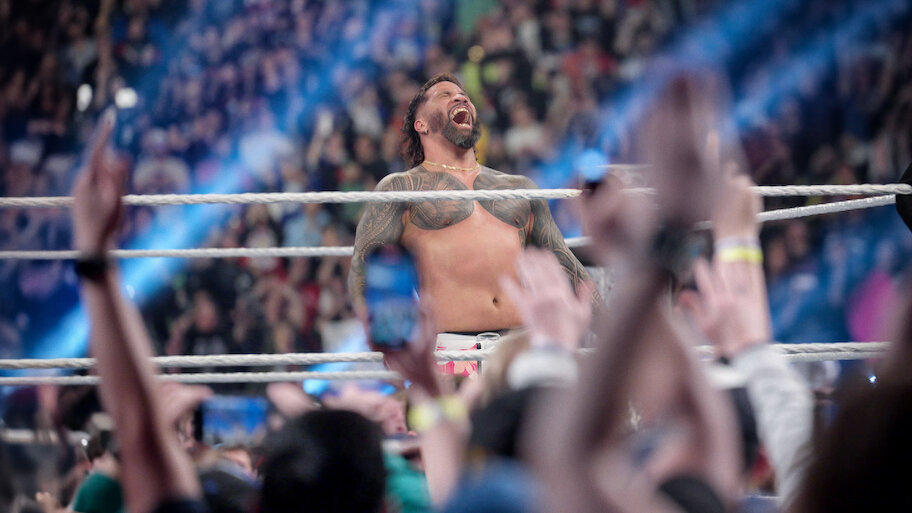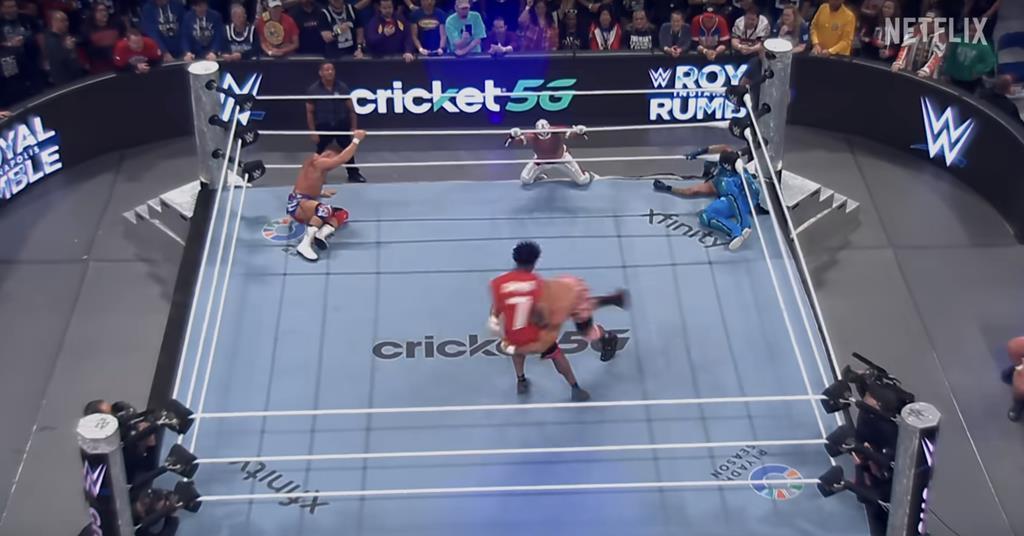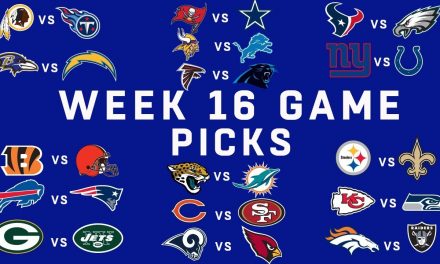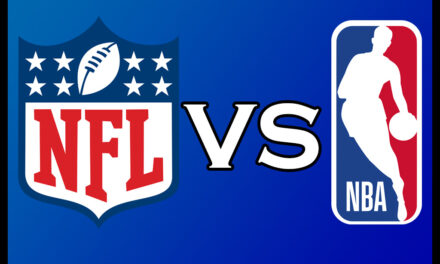Ever since WWE came to Netflix, and this is before WWE Unreal landed, there’s been a bigger push to engage people (like me) who have either not really ever been into wrestling, or perhaps haven’t been following it for a long time.
I think the onboarding has been pretty good, and I’ve been regularly watching the PLEs, RAW and Smackdown. It’s been a massive boon to me as a Netflix subscriber.
It’s meant there’s some semi-regular wrestling content here, right? So that’s something! It’s the closest I get to regular sports engagement, truth be told.
Then there was the announcement of WWE Unreal. Presented as a behind-the-scenes look at the WWE. Something we’ve all always wanted. Particularly those of us who have watched documentaries, pay attention to YouTube videos and shorts, etc. This was potentially the window into the world of WWE that we’ve always wanted. Particularly as it’s current, and not massively historical.
Colour me excited.

Pulling punches
The potential is immense, promising an unfiltered look at the blood, sweat, and tears on the road to Wrestlemania. Unfortunately, the final product of WWE Unreal feels less like throwing the doors wide open and more like peeking through a heavily guarded keyhole.
Across five episodes, the series delivers a glossy, overly produced, and sanitised version of the wrestling business.
It’s a high-definition promotional video, a long-form “Road to Wrestlemania” puff piece designed to onboard casual fans and polish the company’s image.
After the credits roll, one can’t shake the feeling of having watched an extended “work” rather than an authentic slice of life.
Bringing in the new audience
The WWE Unreal series struggles to find its audience. It feels engineered to capture casual viewers in the same way Netflix’s Drive to Survive brought new eyes to Formula 1.
However, by revealing some of the business’s inner workings, it risks alienating fans who prefer the magic to remain intact. Conversely, die-hard fans who follow backstage news and frequent online forums will see through the corporate sheen instantly, finding little new information here.
Those with no interest in wrestling will find nothing to convert them.

Better alternatives
What makes WWE Unreal a particularly missed opportunity is that more authentic and revealing content is already widely available, often for free. YouTube channels from former superstars like Maven and Kurt Angle’s extensive interviews offer far more genuine insight into the industry.
Retrospective commentaries, such as The Undertaker and Mick Foley breaking down their legendary 1998 Hell in a Cell match, provide the kind of depth and candour that Unreal desperately lacks.
Compared to these, or even the grittier storytelling of Viceland’s Dark Side of the Ring, this series feels frustratingly superficial.
WWE Unreal is not all bad
To be fair, there are glimmers of what could have been. Segments of WWE Unreal, exploring the mechanics of the “gorilla position” or detailing storylines that never made it to air, are genuinely interesting. A fascinating sequence in episode 4 explores a “what if” scenario for a John Cena heel turn, showcasing the creative machinations behind such a monumental decision.
Furthermore, brief, unscripted moments shine through. A concerned Kevin Owens checking on Cody Rhodes after a brutal ladder match, or Charlotte Flair candidly reflecting on the pressure of upholding her family’s legacy, provide welcome flashes of humanity.
Sadly, these moments are too few and far between.

Better luck next time?
The series consistently fails to distinguish between “kayfabe” (in-character performance) and reality.
While superstars like Rhea Ripley and John Cena come across as genuine, others leave you guessing.
Is CM Punk’s on-screen disdain for Seth Rollins’ arrogance a reflection of real-life animosity, or is he simply staying in character? We never find out, as the show almost exclusively presents one side of any rivalry.
We hear from Rhea Ripley, but not Liv Morgan’s perspective on their feud. Iyo Sky, despite a significant win, is barely featured.
This heavily skewed, controlled narrative is the show’s ultimate downfall.
While WWE: Unreal is not a bad documentary, it’s not a particularly good one either. It functions as an effective, if slightly outdated, promotional tool for WWE’s current roster and biggest event.
To give credit where credit is due. A lot of this stems from when WWE started on Netflix, which is less than a year ago. So with more months and storylines. Maybe another crack at WWE Unreal could be something more substantial and interesting?
I enjoyed it, but it was very tame and glossy. Let’s hope things get better and we get more of this kind of show.
For even more wrestling content, click right here.






Trackbacks/Pingbacks